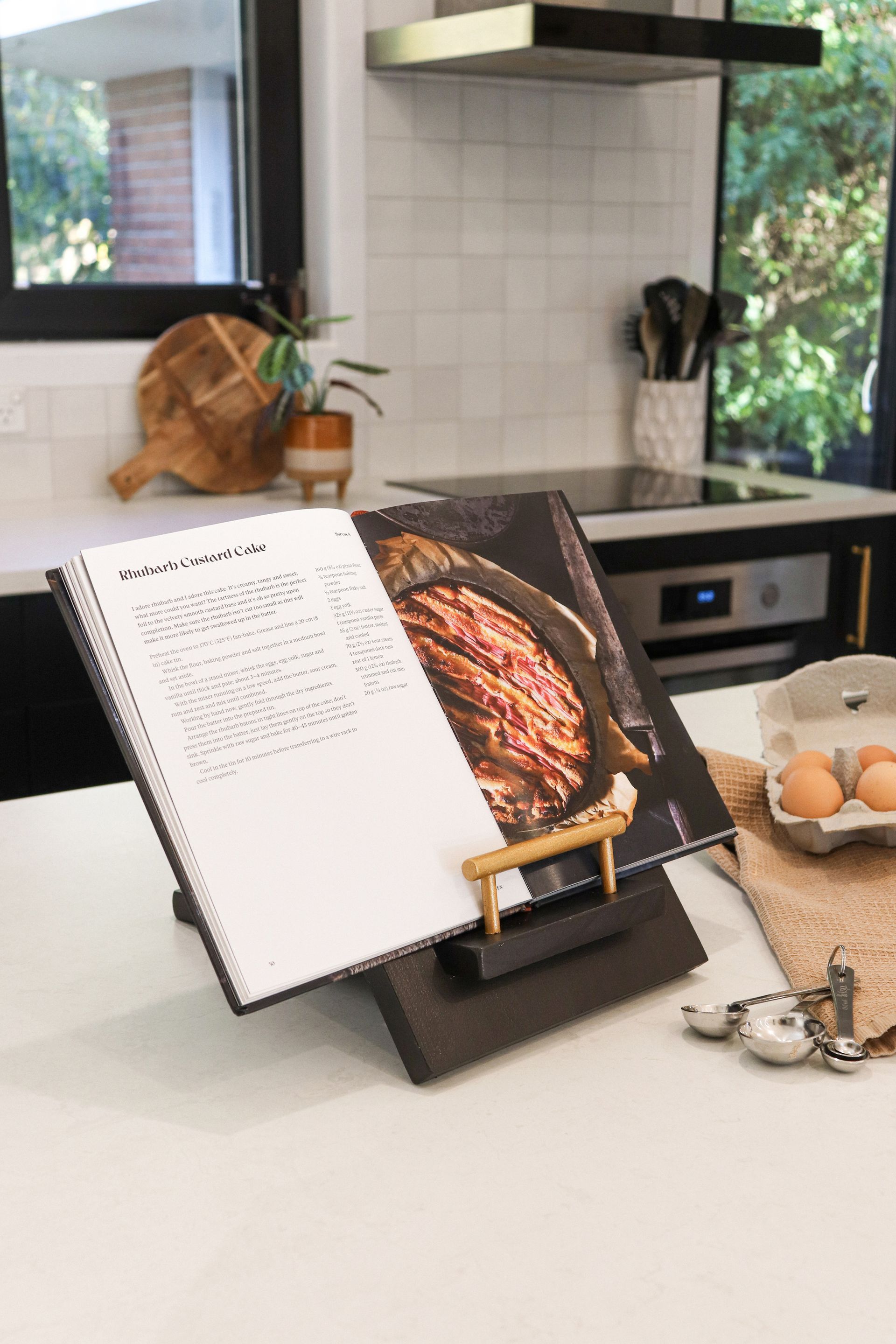Twenty-one years ago, Mark Tavendale had a vision to do things differently in the law sector – an ethos that called for fresh, innovative and personalised problem solving, and prioritising the wellbeing of their team.
From humble beginnings in Canterbury with a team of six, Tavendale and Partners has grown to become one of the top law firms in the country, and has well and truly broken the traditional law firm model.
With offices throughout Canterbury, and providing legal services and support throughout the country, Tavendale and Partners’ expertise now encompasses agribusiness and succession planning, corporate and commercial, property, resource management, litigation and dispute resolution, insurance, personal law, relationship property, employment and more.
‘Agribusiness and family succession is our roots, because we understand the sector so well. But that has led to high-end engagement in trust litigation and corporate and commercial mergers, because we have built that trust,’ says Mark.
Integral to Tavendale and Partners’ success is a reputation to constantly evolve, and while the firm looks very different to how it did 21 years ago, their innovative approach to solving problems – whether it’s taking instructions for a will or working on a complex corporate project – hasn’t changed. ‘When we started, we had to win new work by being personalised, strategic and being different in our approach, and 21 years on we’re still doing this,’ he continues.
‘We understand that a farm sale isn’t about just selling the farm, it’s one of the most important decisions a family will make. So we start by asking questions: what do they want to achieve, what are their goals, and what are the risks?’
With a strong internal team of 70 staff, the firm prides itself on bringing together the right team for the job, as well as fostering relationships and collaborations to help drive the best outcomes for their clients. ‘We’re partnering with everyone our clients work with,’ continues Partner Alana Crampton. ‘We’re not just working with the clients on their own, we’re working with their accountant, their banker, their farm advisor, and their personal advisor. We give a tailored approach, which sets us apart.’
‘The firm works in a very collaborative way, with multiple people from multiple teams working together because we take a full picture approach,’ adds Mark.
Building successful and long-lasting relationships with their clients means understanding what matters to them, their family and their business. ‘The firm’s strength is that we don’t just do bland legalistic advice, we actually give advice to clients matched with what they’re trying to achieve, because we take time to understand them,’ explains Mark. ‘We are proud to have attracted a team who value being different and whose passion is helping people solve problems.’
Knowing that their team is at their best when they are supported, Tavendale and Partners prioritise their staff with flexible working options, a focus on work-life balance, and involvement in the community. ‘We’re only as good as our team and the people around us, and that’s why the growth of the firm has been so strong because we’ve embraced that,’ says Alana.
‘There’s a strong ethos here that we’re lucky to have been given opportunities and it’s important to give back. So whether that’s chairing a local hockey club, or helping out at a local school, or doing pro-bono work, our lawyers roll their sleeves up and get involved,’ says Mark.
Tavendale and Partners also assists the Christchurch Foundation with pro-bono legal advice, as well as NZ Young Farmers, supporting them as they invest in the next generation of primary industry experts.
‘We do large-scale corporate jobs, but if someone rings us at 2 pm on a Saturday and says they need to sort a will out urgently, then I know there’s a team of people and myself that would be there in five minutes. That’s in the firm’s DNA and what drives us,’ says Mark.
‘We’re taking an approach that is innovative, and different than other law firms. The journey for the firm is like a train that never gets to the station, it’s constantly evolving and changing, just like our clients’ families and businesses.’
Recent stories






